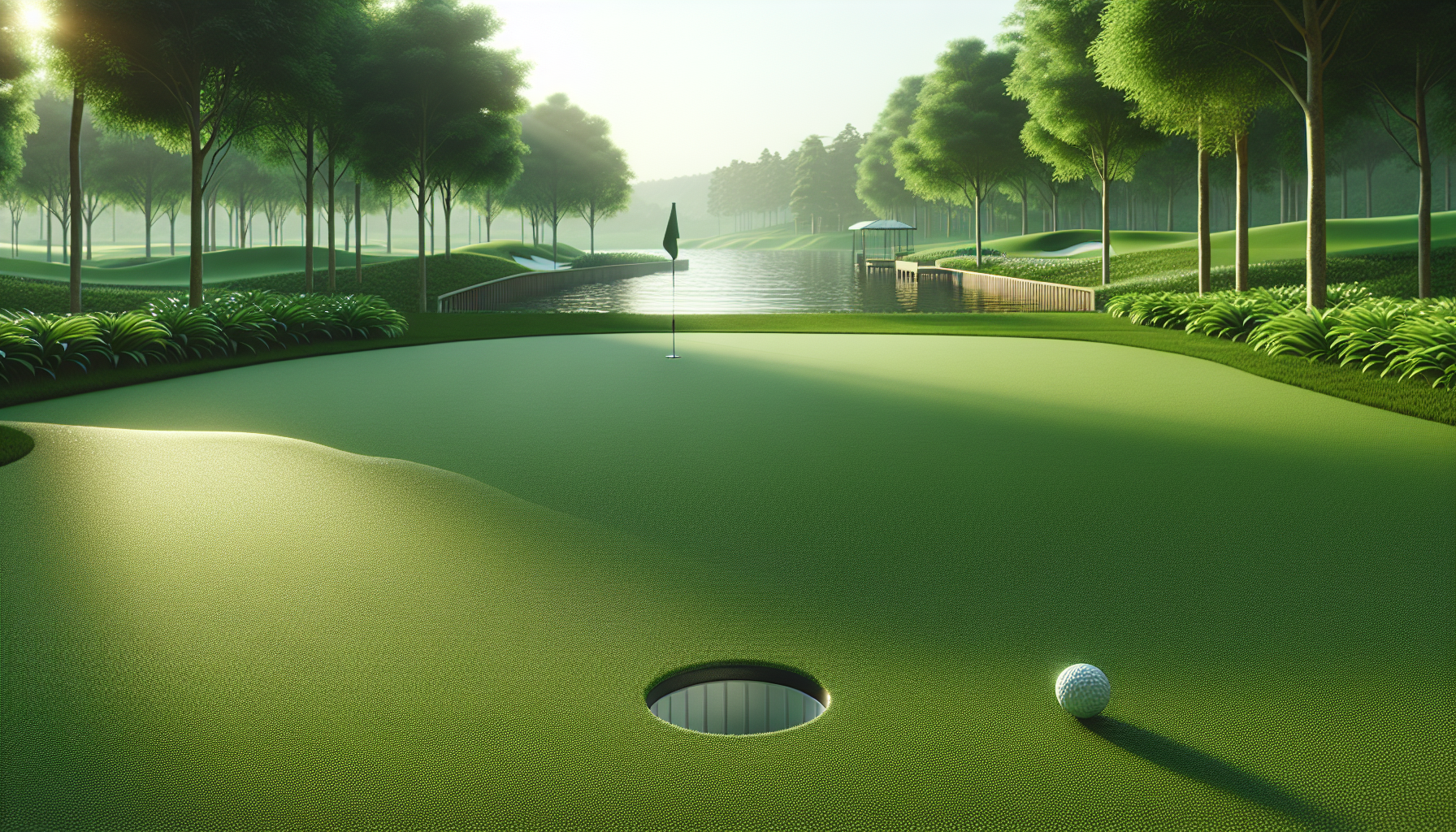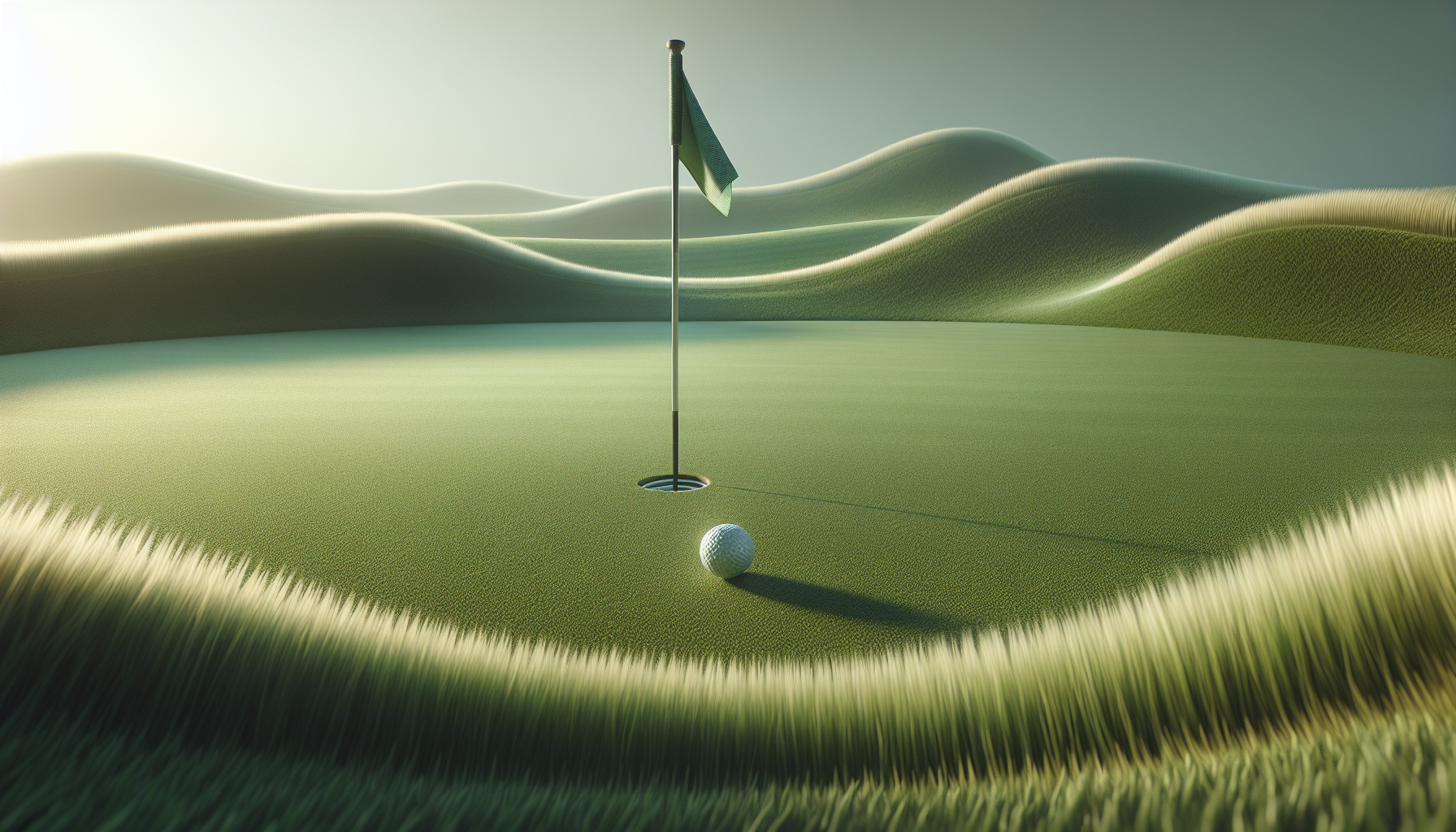
The base layer, also known as the subbase, is the foundation that lies beneath artificial grass and plays a crucial role in achieving a perfect lawn. Proper ground preparation is key, with a focus on optimizing soil drainage to prevent water accumulation that could potentially damage the turf.
To effectively prevent weed growth, it is recommended to install a high-quality weed barrier.
Choosing the right weed barrier is vital to ensure its effectiveness in keeping unwanted vegetation at bay. Compacting the base layer and creating a level surface are crucial steps in the ground preparation process, ensuring a solid foundation, proper soil drainage, and effective weed barrier.
Proper Ground Preparation for Artificial Grass InstallationLayers Underneath Artificial Grass Subbase
Proper ground preparation is crucial for a successful artificial grass installation. The layers underneath the artificial grass subbase, including compacted gravel or crushed rock, play a significant role in ensuring the longevity and performance of the turf.
Understanding the purpose of these layers, such as providing stability and support, is essential for a durable and aesthetically pleasing artificial grass surface.
The first layer, known as the base material, serves as a solid foundation for the artificial grass.
Compacted gravel or crushed rock, also referred to as aggregate, are commonly used for this purpose. These materials create a firm and level surface, ensuring proper drainage and preventing the turf from sinking or becoming uneven over time. Speaking of drainage, it is essential to consider this with the use of geotextile, compacted gravel, crushed rock, aggregate, infill, shock pad, underlayment.

Drainage
Proper drainage is crucial for artificial grass installations. Without adequate drainage, there can be various issues that arise.
Factors that affect drainage include the materials used as the base, soil composition, and the grade or slope of the area.
Choosing the appropriate base material, using a weed barrier like landscape fabric, ensuring proper leveling and slope, and incorporating drainage tiles or perforated pipes can help in achieving effective drainage.
Good drainage offers several benefits, such as preventing water buildup, preserving the lifespan of artificial grass, minimizing the growth of mold and fungi, and improving the overall aesthetics of the area.
When it comes to drainage, one essential component is a permeable layer, such as landscape fabric or artificial turf underlay. This membrane acts as a barrier, allowing water to pass through while preventing the penetration of foam padding, artificial turf underlay, landscape fabric, permeable layer, sand, and rubber.
| Factors Affecting | Benefits of Good |
|---|---|
| Base Materials | Preventing Water Buildup |
| Soil Composition | Preserving Lifespan of Artificial Grass |
| Grade or Slope | Minimizing Growth of Mold and Fungi |
| Permeable Layer | Improving Overall Aesthetics |
and MoreThe Importance of Subbase for Artificial Grass StabilityMaintaining a WeedFree Surface with a Weed BarrierDrainage and Its Impact on Artificial Grass LongevityBenefits of Using Geotextile as Artificial Grass UnderlayInfill Material and Its Performance in Artificial GrassAdvantages of Using Shock Pad as Underlayment for Artificial Grass
The Importance of Subbase for Artificial Grass Stability: A proper subbase is essential for the stability and longevity of artificial grass. The subbase provides a solid foundation that prevents the turf from shifting or sinking over time.
It acts as a base layer that supports the weight of the turf and helps distribute it evenly.
Without a sufficient subbase, the turf may develop uneven surfaces and become prone to damage.
Importance of Proper Subbase Preparation
Proper subbase preparation is crucial to ensure the stability of artificial grass. The subbase should be adequately compacted to prevent settlement and eliminate any soft spots.
It also needs to be level and smooth to provide a consistent surface for the turf. The F is an excellent choice for providing superior shock absorption, cushioning, and moisture barrier by using crumb rubber, a synthetic turf pad, compaction, and a leveling compound.
Importance of Proper Base Layer for Artificial Grass
The importance of a proper base layer for artificial grass cannot be overstated. A well-designed base layer ensures enhanced drainage, which is essential for artificial grass installations.
Poor drainage can lead to issues such as water pooling and erosion, affecting the longevity and appearance of the turf.
To promote efficient water drainage, it is crucial to create a base layer that provides a flat surface and allows water to flow through easily.
Another key aspect of a proper base layer is the inclusion of a weed barrier. Without a weed barrier, unwanted vegetation can grow through the artificial grass, causing damage and disrupting the overall aesthetic.
Different types of weed barriers, such as construction fabric and ground cover, can effectively prevent weed growth and ensure a pristine artificial grass surface. In addition to drainage and weed control, a proper base layer provides a flat surface, stability, reinforcement, erosion control, construction fabric, ground cover, and geogrid.
Importance of a Proper Base Layer for Artificial Grass
- A well-designed base layer ensures enhanced drainage, preventing issues such as water pooling and erosion, which can affect the longevity and appearance of the turf.
- The inclusion of a weed barrier in the base layer prevents unwanted vegetation from growing through the artificial grass, preserving its overall aesthetic and preventing damage.
- A proper base layer provides a flat surface, stability, reinforcement, erosion control, construction fabric, ground cover, and geogrid, contributing to the overall durability and performance of the artificial grass installation.
Key Components of a Solid Subbase for Artificial Turf
A solid subbase is crucial for ensuring the longevity and optimal performance of artificial turf. When selecting the appropriate base material, it is essential to consider factors such as drainage, stability, and compaction.
By understanding the various types of base materials available, you can identify the ideal one that suits your specific requirements.
It is imperative to incorporate a well-designed drainage system to prevent any potential issues arising from inadequate drainage.
Evaluating the most suitable drainage solution for your artificial turf is vital, considering the possible consequences of poor drainage.
Installing a weed barrier is another crucial aspect of maintaining the appearance and health of your turf.
It helps to minimize the growth of unwanted plants that can adversely affect the turf’s integrity. Proper installation of a retaining wall, gravel grid, permeable paving, gravel path, walkway, patio, and balcony is crucial for the overall functionality and durability of the outdoor space.
Ground Preparations Crucial Role in Installing Artificial Grass
Ground preparations play a crucial role in the successful installation of artificial grass. A sturdy base material is essential to provide stability for the artificial grass on rooftops, play areas, sports fields like football pitches and tennis courts, and even golf courses and hockey pitches.
It ensures that the surface is even and prevents any sinking or unevenness, which can affect the gameplay and overall appearance of the artificial grass.
Adequate water drainage is another vital aspect of ground preparations when installing artificial grass.
Proper drainage systems should be in place to prevent water from pooling on the surface, especially in high-traffic areas like sports fields and play areas. Excessive water accumulation can lead to damage to the rooftop, play area, sports field, golf course, football pitch, tennis court, hockey pitch, and other outdoor facilities.
Ground Preparations for Artificial Grass Installation
- Proper ground preparations ensure stability and prevent sinking or unevenness of the artificial grass surface.
- A sturdy base material is crucial for the successful installation of artificial grass on rooftops, play areas, sports fields, golf courses, and hockey pitches.
- Inadequate water drainage can lead to water pooling on the surface, causing damage to various outdoor facilities.
- High-traffic areas like sports fields and play areas require proper drainage systems to prevent water accumulation and potential damage.
Proper Drainage and Longevity of Artificial Turf
Proper drainage is essential for the longevity of artificial turf. Poor drainage can lead to issues such as water pooling and the growth of mold and mildew.
These issues not only affect the aesthetic appeal of the artificial turf but can also cause damage to its structure.
Several factors can affect drainage.
The slope and grading of the area play a crucial role in promoting effective drainage. The soil composition, putting green, also affects the drainage capabilities of the turf.
Weather conditions like heavy rain can impact the drainage system.
Choosing the right base material, such as landscaping, is crucial for proper drainage.
An ideal base material should have excellent drainage properties and provide a stable foundation for the turf. It should also be durable and able to withstand the elements, making it ideal for any putting green, landscaping, garden design, backyard, or outdoor space, while still maintaining an aesthetically pleasing appearance.
Role of Weed Barrier in Maintaining Flawless Artificial Grass
Weed barriers play a crucial role in maintaining flawless artificial grass. The challenges of weed growth in artificial grass can be overwhelming, affecting both the appearance and longevity of the surface.
With the right weed barrier, these issues can be effectively prevented, ensuring the artificial grass remains in pristine condition.
Weed barriers act as a protective layer that inhibits weed growth, safeguarding the artificial grass from unwanted intruders.
In addition to their weed prevention properties, these barriers offer a wide array of benefits that contribute to the overall longevity and low maintenance of the artificial grass. For instance, they provide excellent water permeability, allowing proper drainage and preventing water accumulation that could lead to the growth of mold or mildew
| Weed Barriers | No Weed Barriers |
|---|---|
| Prevents weed growth | Allows weed growth |
| Enhances longevity | Reduces longevity |
| Low maintenance | High maintenance |
| Provides water permeability | Causes water accumulation |
The Key Component Underneath Artificial Grass
Artificial Grass A Direct Installation Guide
